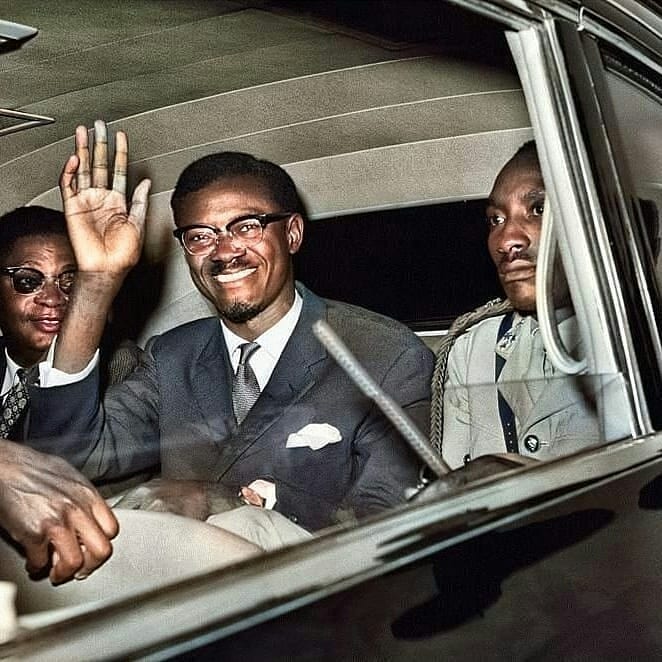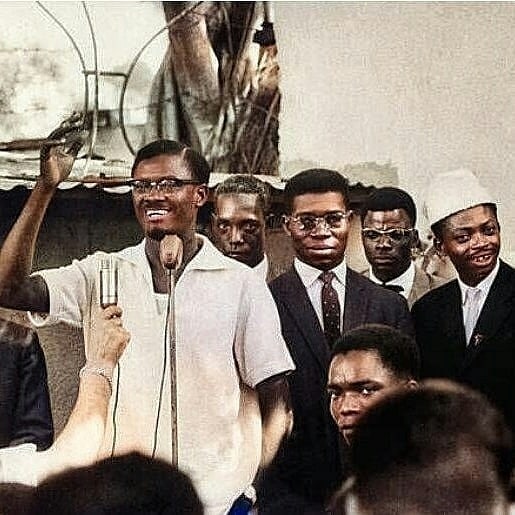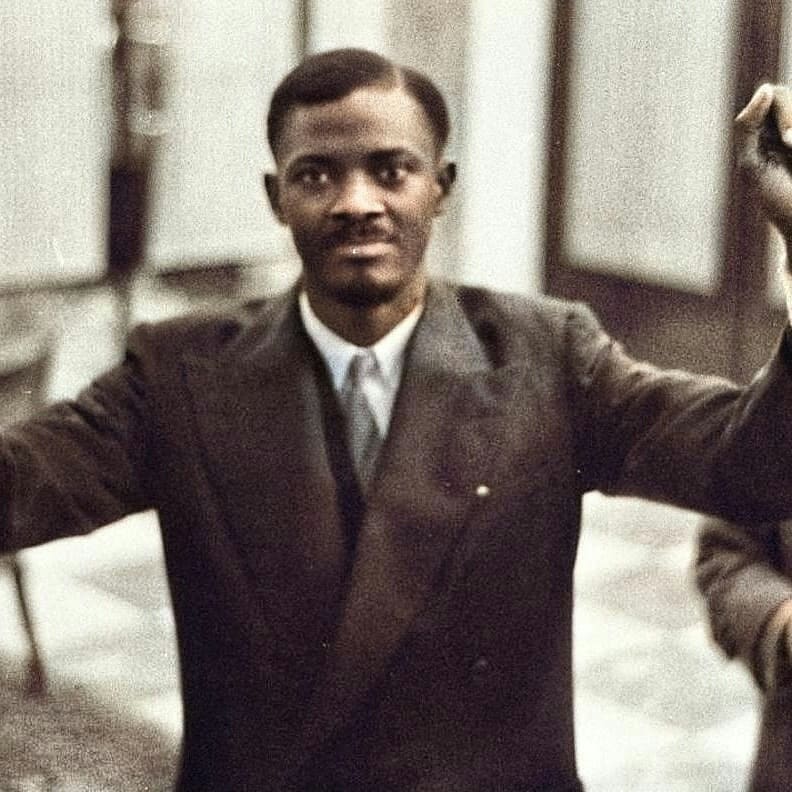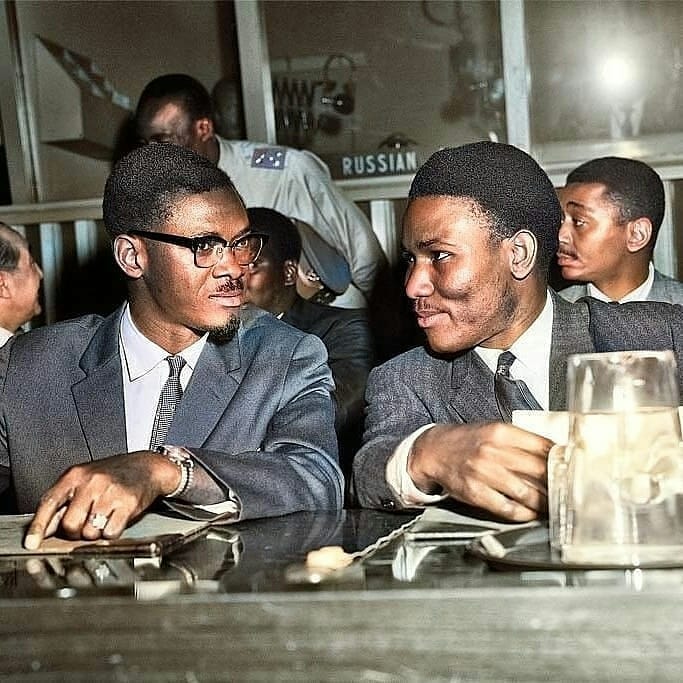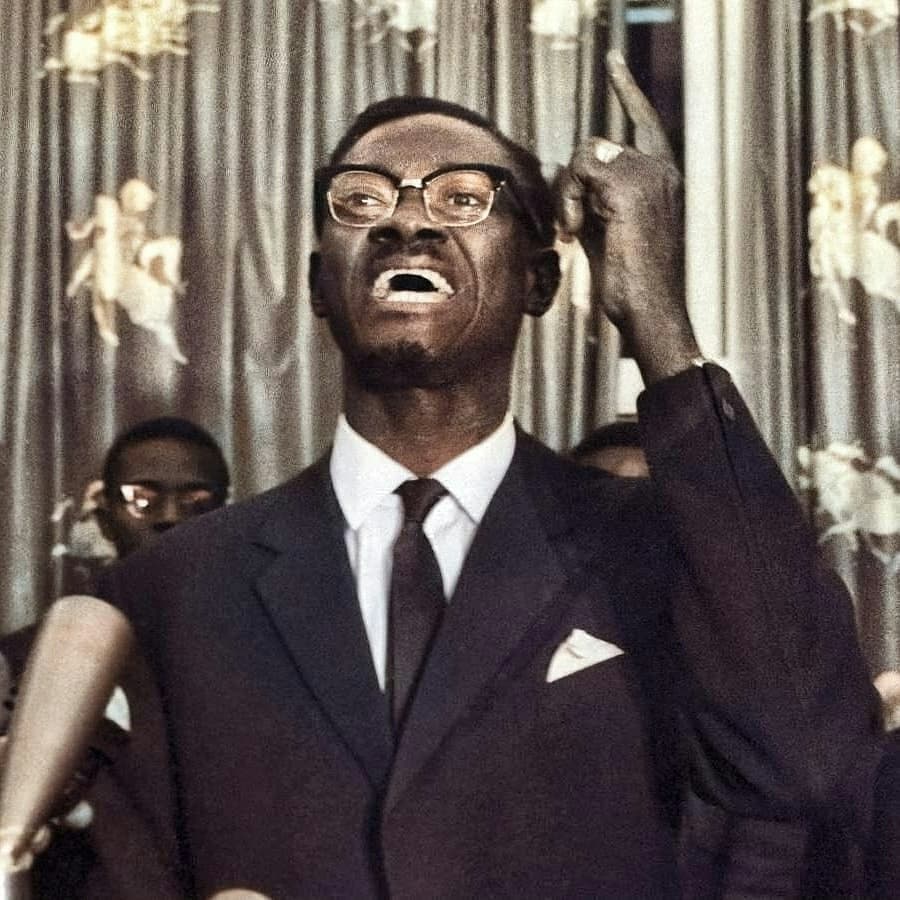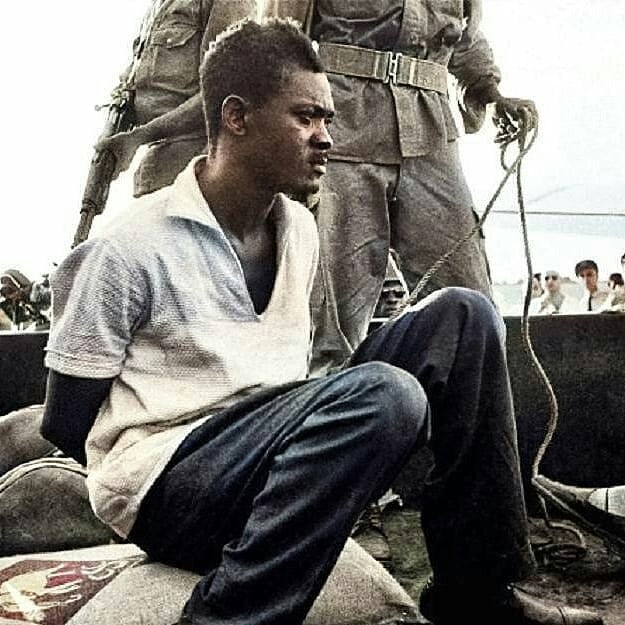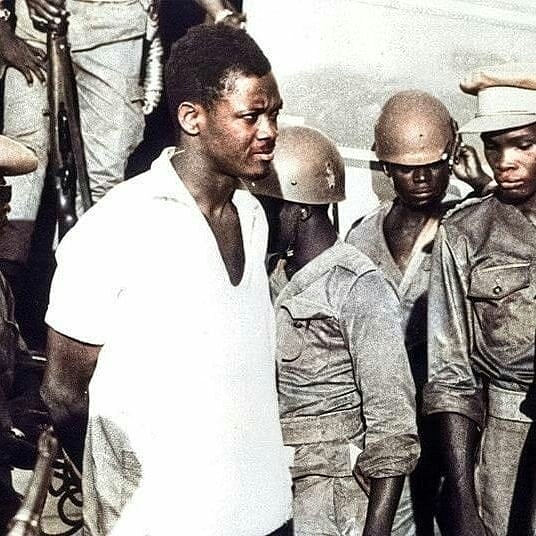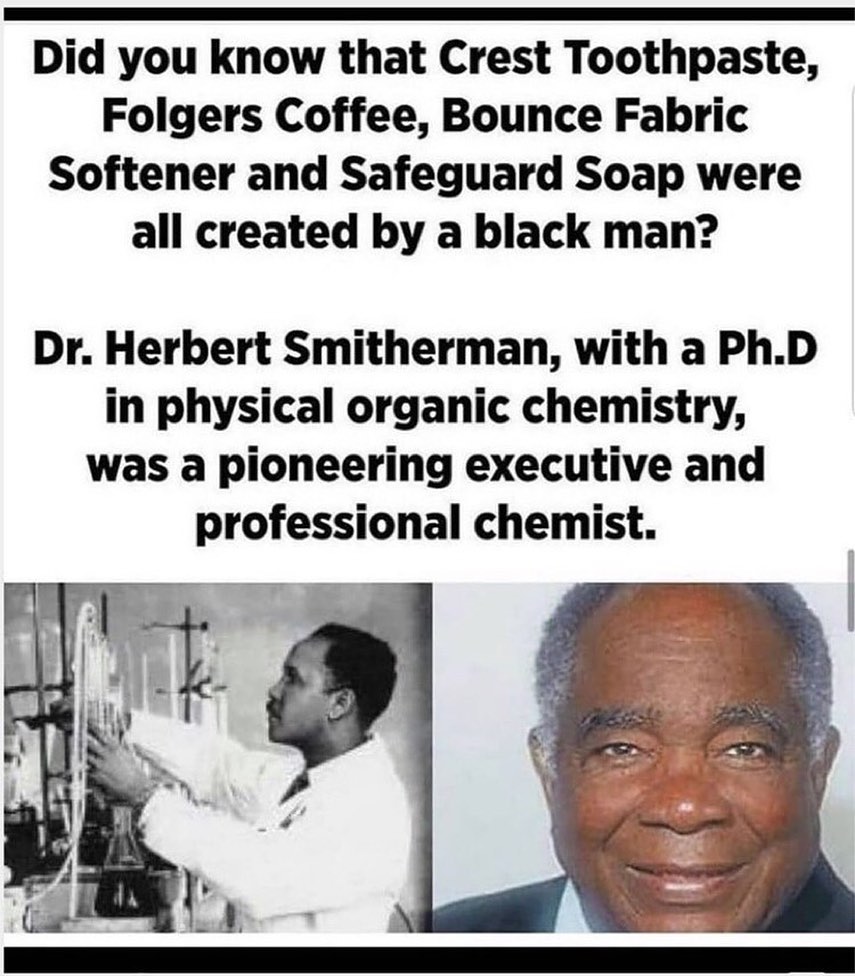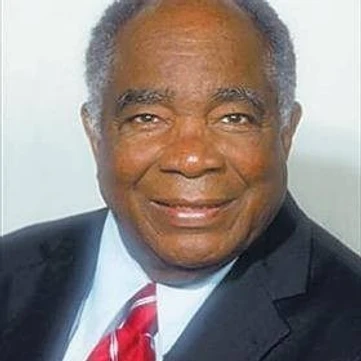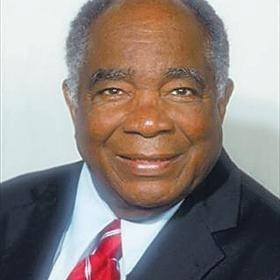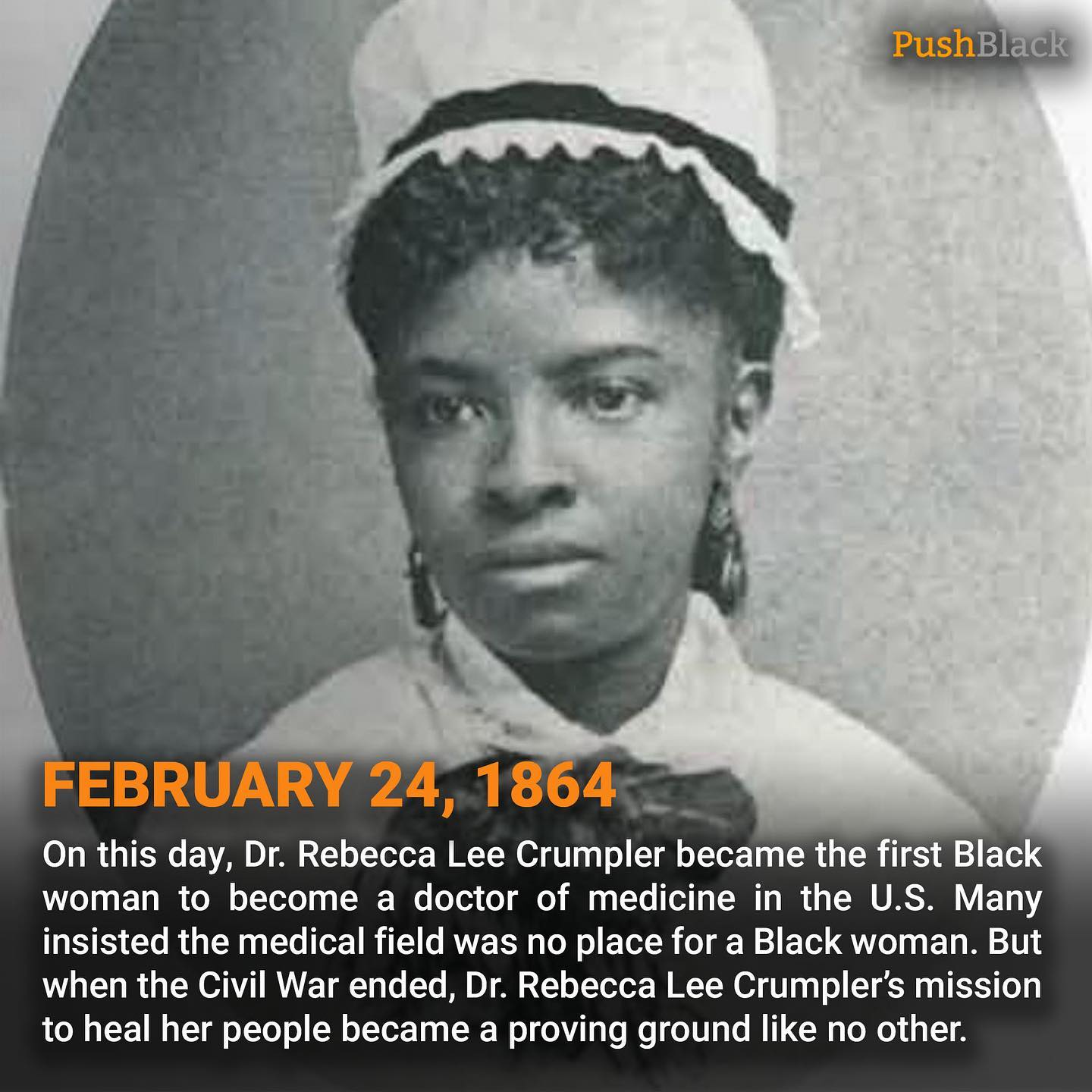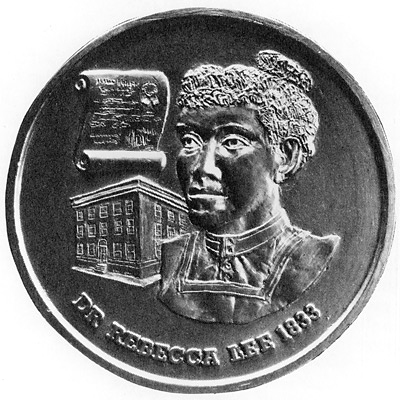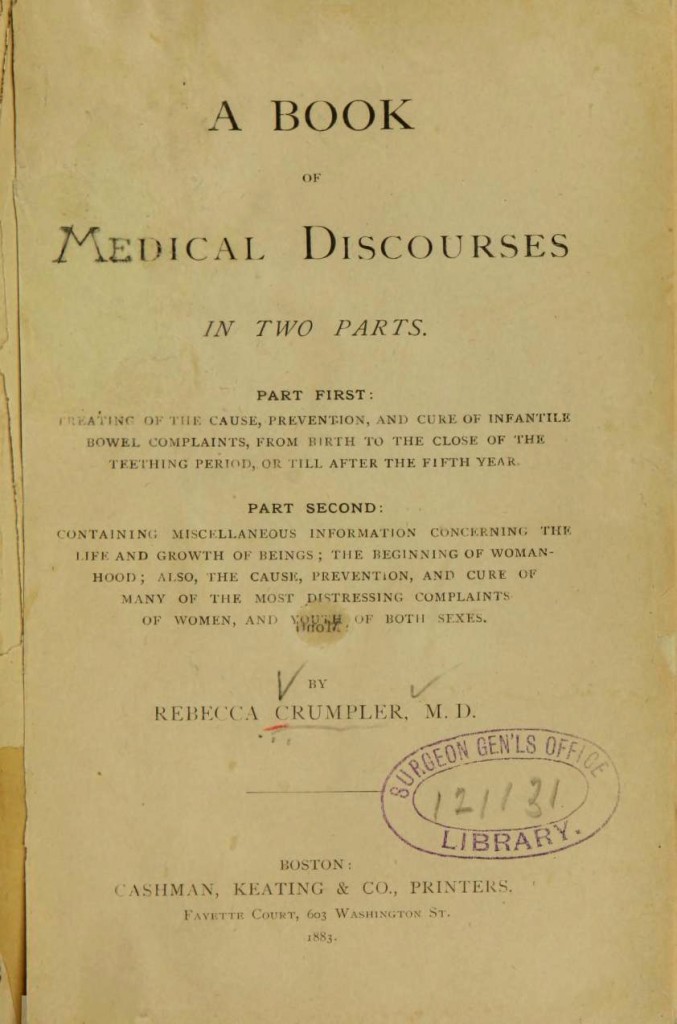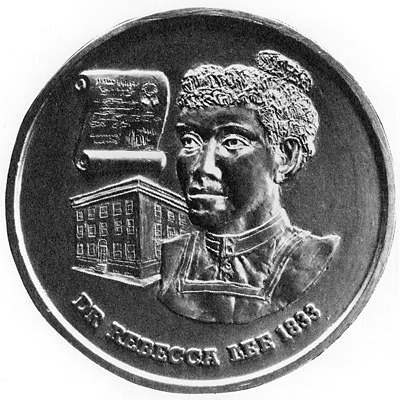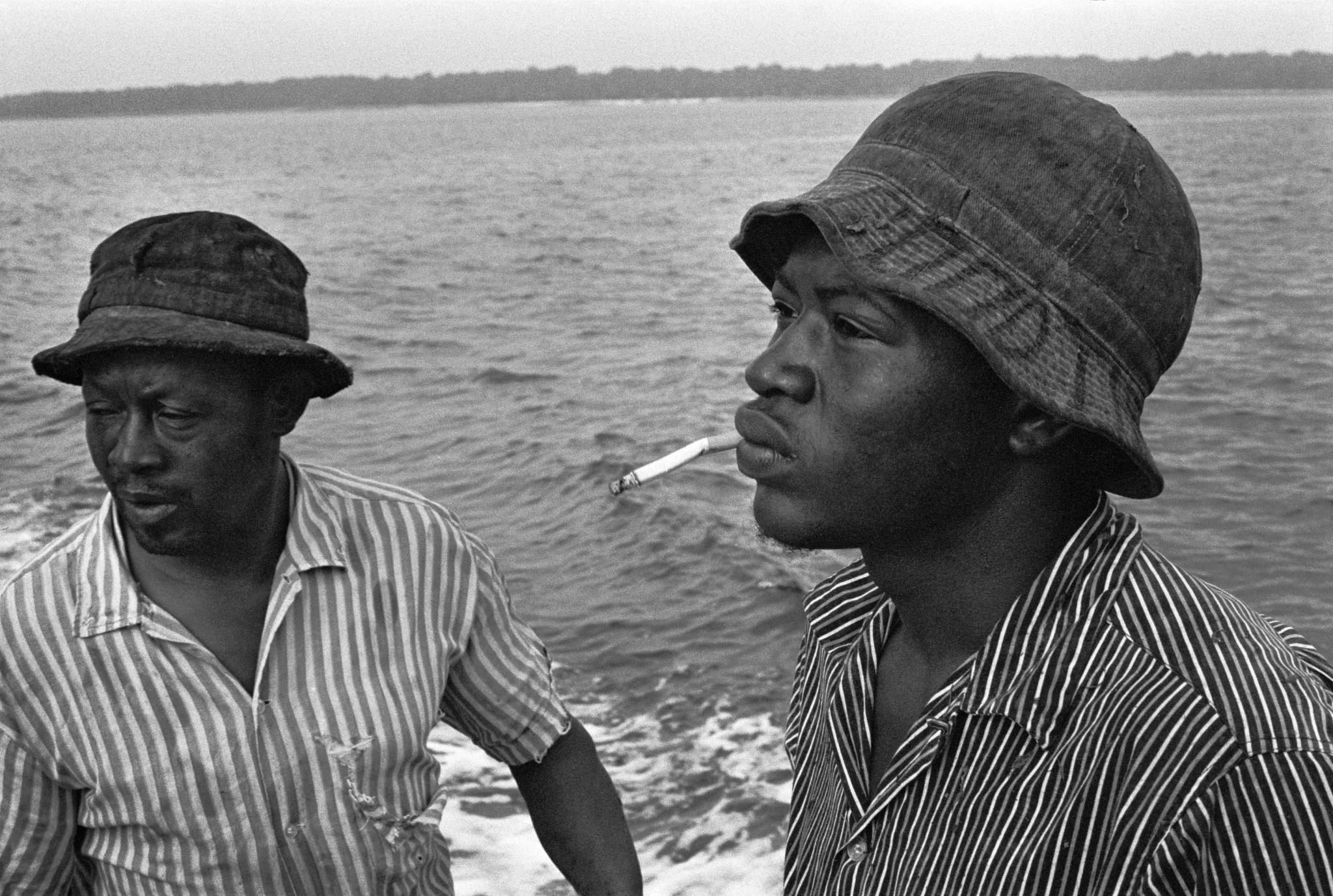
Shrimper & Son, c.1978 by Jeanne Moutoussamy-Ashe
The father and son are photographed on Daufuskie Island, located off the coast of South Carolina and are of Gullah Geechee heritage.

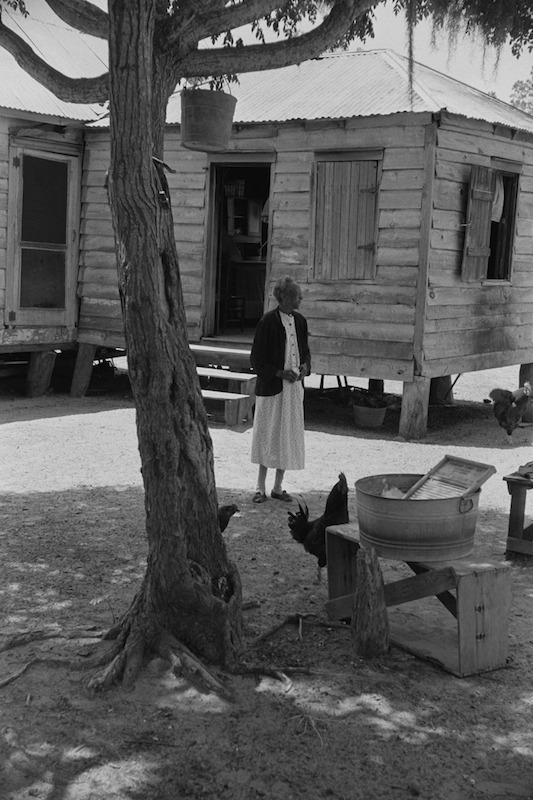
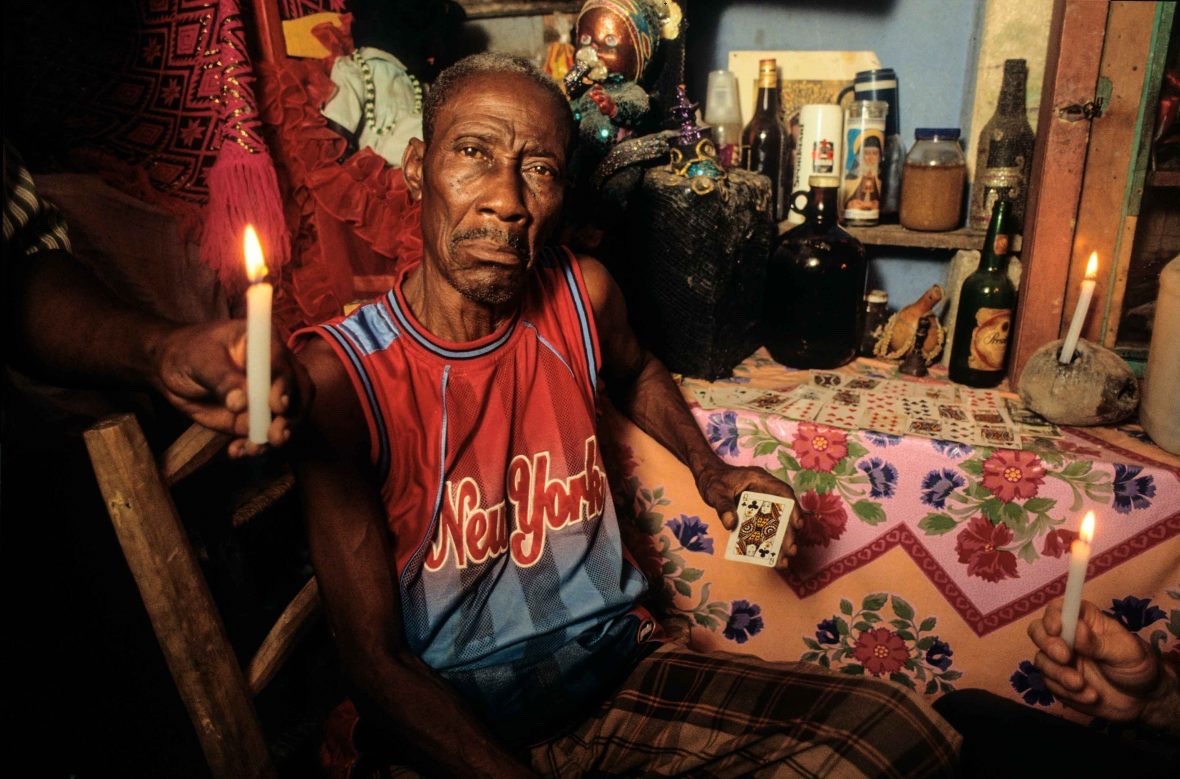
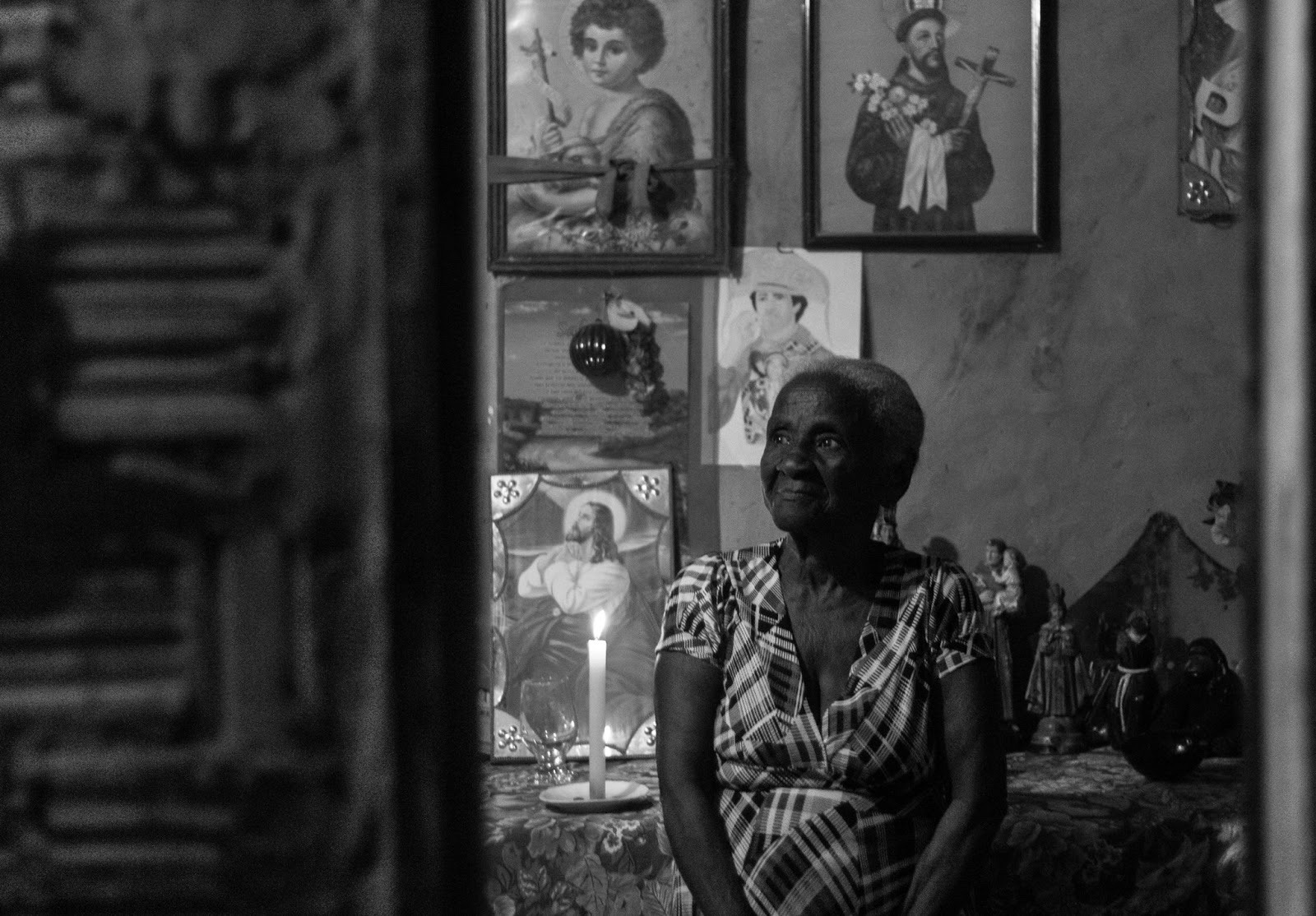
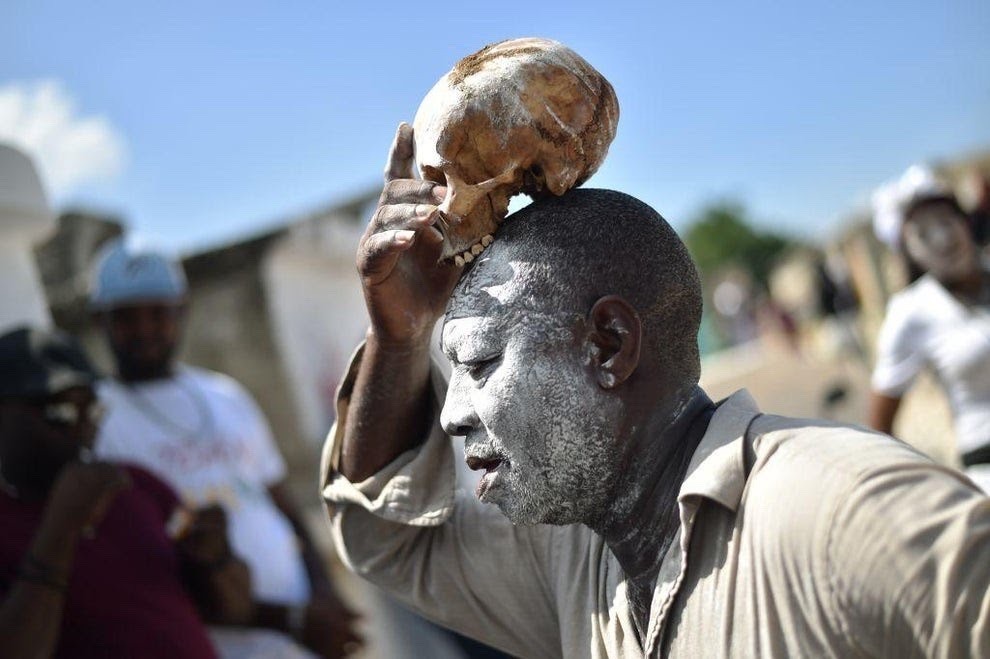

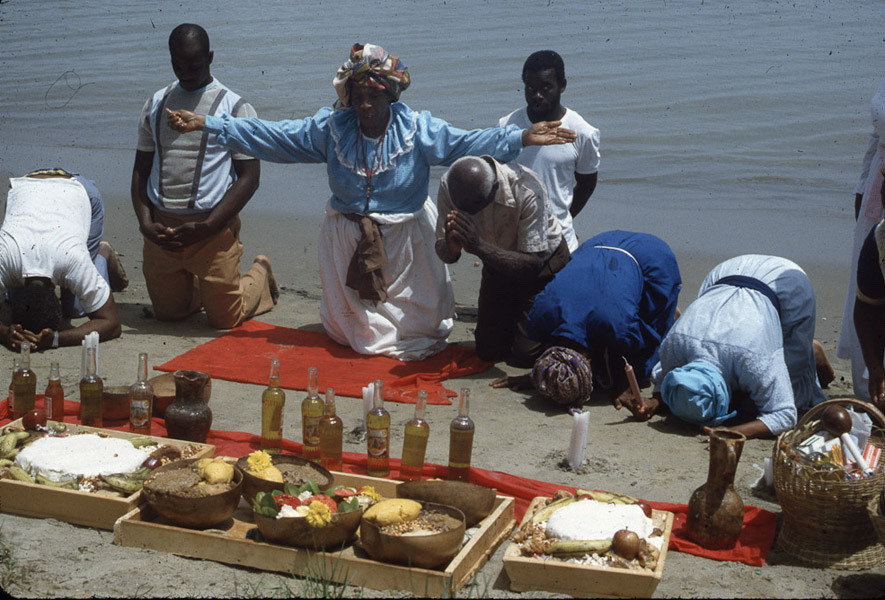
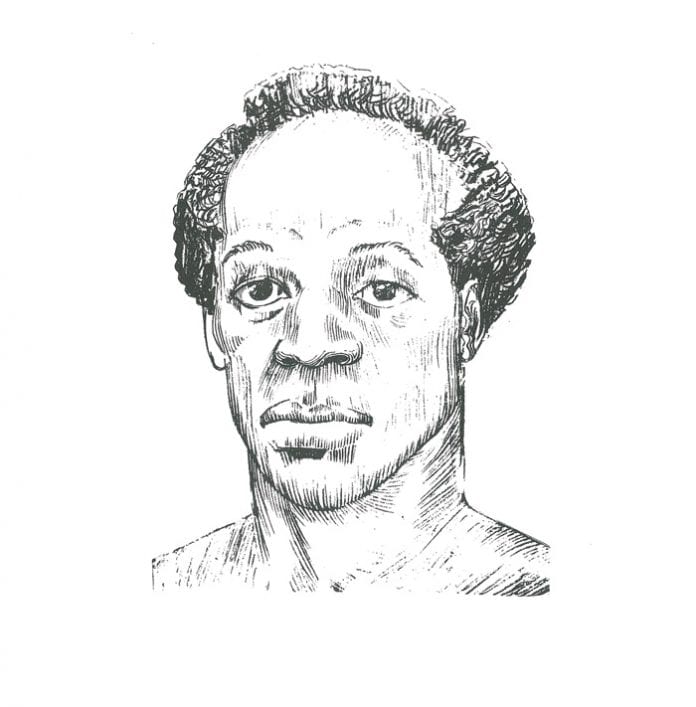
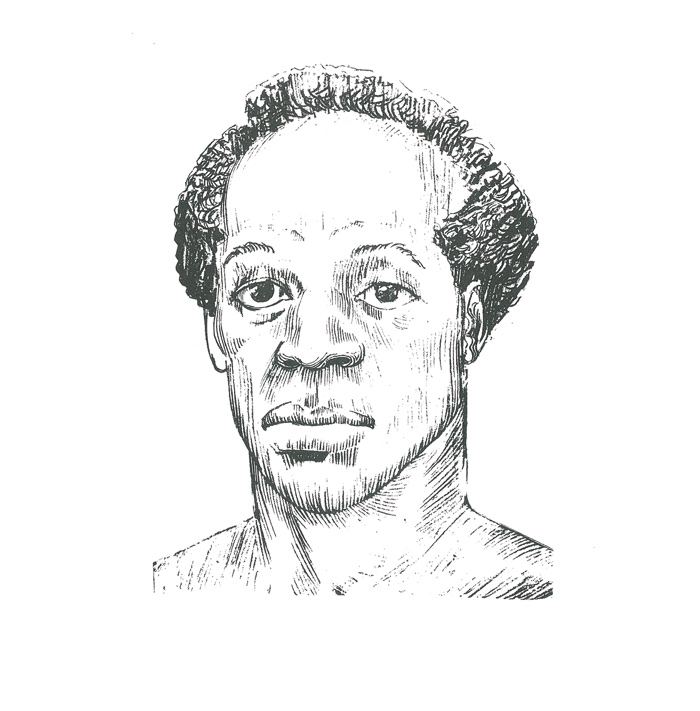


PUBLIC SERVICE ANNOUNCEMENT: While you guys are out celebrating Black History Month with pictures of Martin Luther King, Rosa Parks, Malcolm X, and everybody else you celebrate, time in, and time out every year, I want to take time to acknowledge the “Black Nobody” who’s lives were taken because of the color of their skin. Those that were raped, hung, beaten, castrated, and burned among other things. So while you are out enjoying your freedoms,. It’s important to recognize those who had no name, no voice, no power, and thus no control over their destiny or even their own lives so you can appreciate yours.


THE WHITE MAN IS THE FUCKING DEVIL!!!
PUBLIC SERVICE ANNOUNCEMENT: While you guys are out celebrating Black History Month with pictures of Martin Luther King, Rosa Parks, Malcolm X, and everybody else you celebrate, time in, and time out every year, I want to take time to acknowledge the “Black Nobody” who’s lives were taken because of the color of their skin. Those that were raped, hung, beaten, castrated, and burned among other things. So while you are out enjoying your freedoms,. It’s important to recognize those who had no name, no voice, no power, and thus no control over their destiny or even their own lives so you can appreciate yours.




PUBLIC SERVICE ANNOUNCEMENT: While you guys are out celebrating Black History Month with pictures of Martin Luther King, Rosa Parks, Malcolm X, and everybody else you celebrate, time in, and time out every year, I want to take time to acknowledge the “Black Nobody” who’s lives were taken because of the color of their skin. Those that were raped, hung, beaten, castrated, and burned among other things. So while you are out enjoying your freedoms,. It’s important to recognize those who had no name, no voice, no power, and thus no control over their destiny or even their own lives so you can appreciate yours.


5 Stars Lexx...way to bring it home Bruh.
PUBLIC SERVICE ANNOUNCEMENT: While you guys are out celebrating Black History Month with pictures of Martin Luther King, Rosa Parks, Malcolm X, and everybody else you celebrate, time in, and time out every year, I want to take time to acknowledge the “Black Nobody” who’s lives were taken because of the color of their skin. Those that were raped, hung, beaten, castrated, and burned among other things. So while you are out enjoying your freedoms,. It’s important to recognize those who had no name, no voice, no power, and thus no control over their destiny or even their own lives so you can appreciate yours.

I was reading this and it reminded me of the inventor of the Potato Chip. I saw a mini-documentary on it a couple of years ago. I can't find that one, but Simon did one on this channel in the second video. I wonder if it was the History Guy's channel that I saw it on first? He does some Black History topics justice from time to time too.
